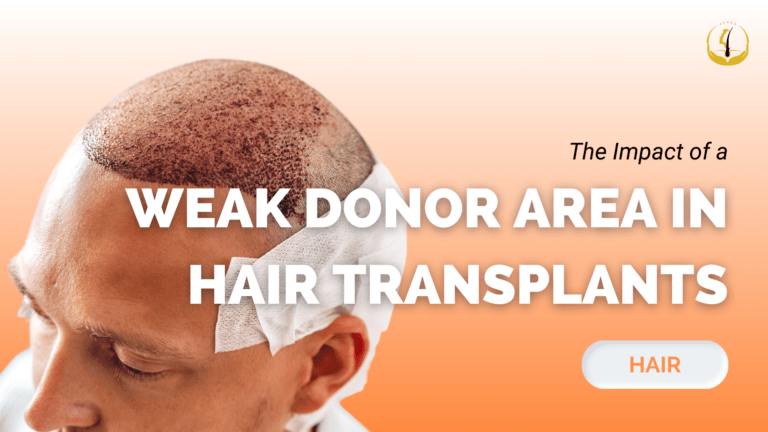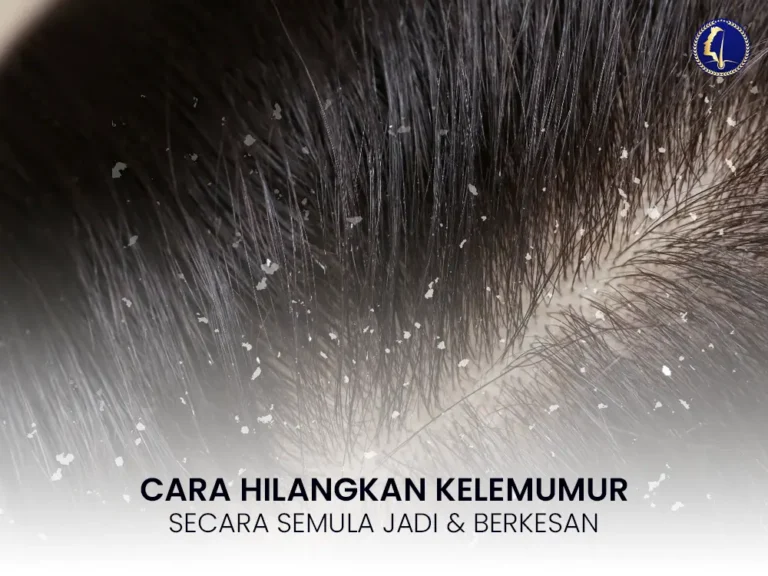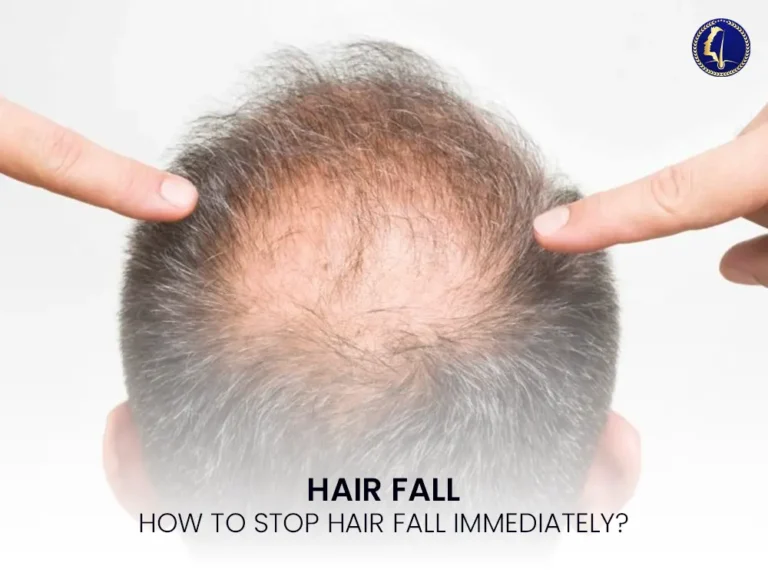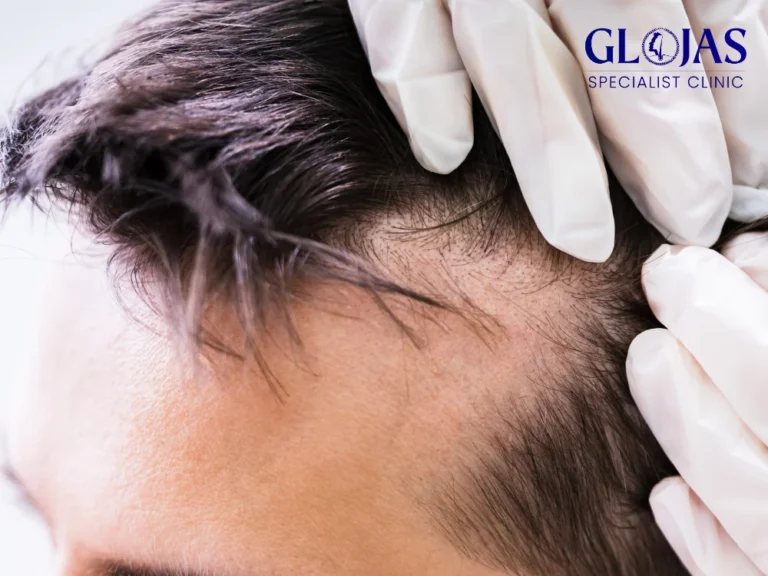Hair loss is a common concern for many individuals, and hair transplant procedures have emerged as an effective solution to restore lost hair and confidence. A crucial factor in the success of a hair transplant is the quality of the donor area, which serves as the source of healthy hair follicles for transplantation. However, what happens if the donor area is weak? Keep reading to find out!
The donor area, typically located at the back and sides of the scalp, is known for its resistance to hair loss. This region is selected for hair extraction due to its genetically determined ability to retain hair even in the presence of androgenetic alopecia, commonly referred to as male or female pattern baldness. Hair follicles harvested from the donor area retain their inherent resistance to the factors that cause hair loss, making them ideal for transplantation.
Weak Donor Area in Hair Transplant
- Limited Hair Availability: A weak donor area may have a reduced density of healthy hair follicles available for transplantation. This limitation can significantly affect the number of grafts that can be harvested and transplanted, potentially leading to less satisfactory results in terms of hair coverage.
- Compromised Aesthetics: With fewer viable hair follicles to work with, achieving a natural and aesthetically pleasing hairline and overall appearance can become challenging. A weak donor area may result in an uneven distribution of transplanted hair, making the outcome less harmonious.
- Future Hair Loss Concerns: If the donor area is weak due to underlying medical conditions or genetic predisposition, there is a risk that even the transplanted hair may be susceptible to future hair loss. This can lead to an undesirable scenario where transplanted hair also thins over time, requiring further procedures to maintain the desired look.
- Scarring and Healing Issues: Extracting hair follicles from a weak donor area can lead to increased trauma to the scalp and potential scarring. Proper healing may be compromised, impacting the overall success of the transplant procedure.
Overcoming Challenges for a Successful Hair Transplant
Despite the challenges posed by a weak donor area, advancements in hair transplant techniques offer some solutions:
- SMART™ Follicular Unit Excision (SMART™ FUE): SMART™ FUE allows for the extraction of individual hair follicles, reducing the risk of scarring and trauma. This technique is especially beneficial for patients with a weak donor area, and is only available at GLOJAS.
- Body Hair Transplants: In cases where the scalp donor area is weak, hair follicles from other parts of the body, such as the chest or beard, can be utilized for transplantation. However, the characteristics of body hair may differ from scalp hair.
- Combined Treatments: Hair transplant surgeons may recommend combining hair transplant procedures with other treatments, such as medical therapies or PRP (platelet-rich plasma) therapy, to enhance the overall results and minimize future hair loss.
A weak donor area in a hair transplant procedure can present challenges, potentially affecting the quantity and quality of transplanted hair. However, with advancements in hair restoration techniques and careful planning by experienced surgeons, individuals with weak donor areas can still achieve satisfactory and natural-looking results. Consulting with GLOJAS hair specialists is essential to assess the suitability of the procedure and develop a personalized treatment plan that addresses individual concerns and goals.
At Glojas, we welcome clients to reach out to us directly to schedule a free initial consultation. We offer guidance and valuable insights on how best to address your specific challenges. Let us assist you in navigating your journey with confidence and clarity.












